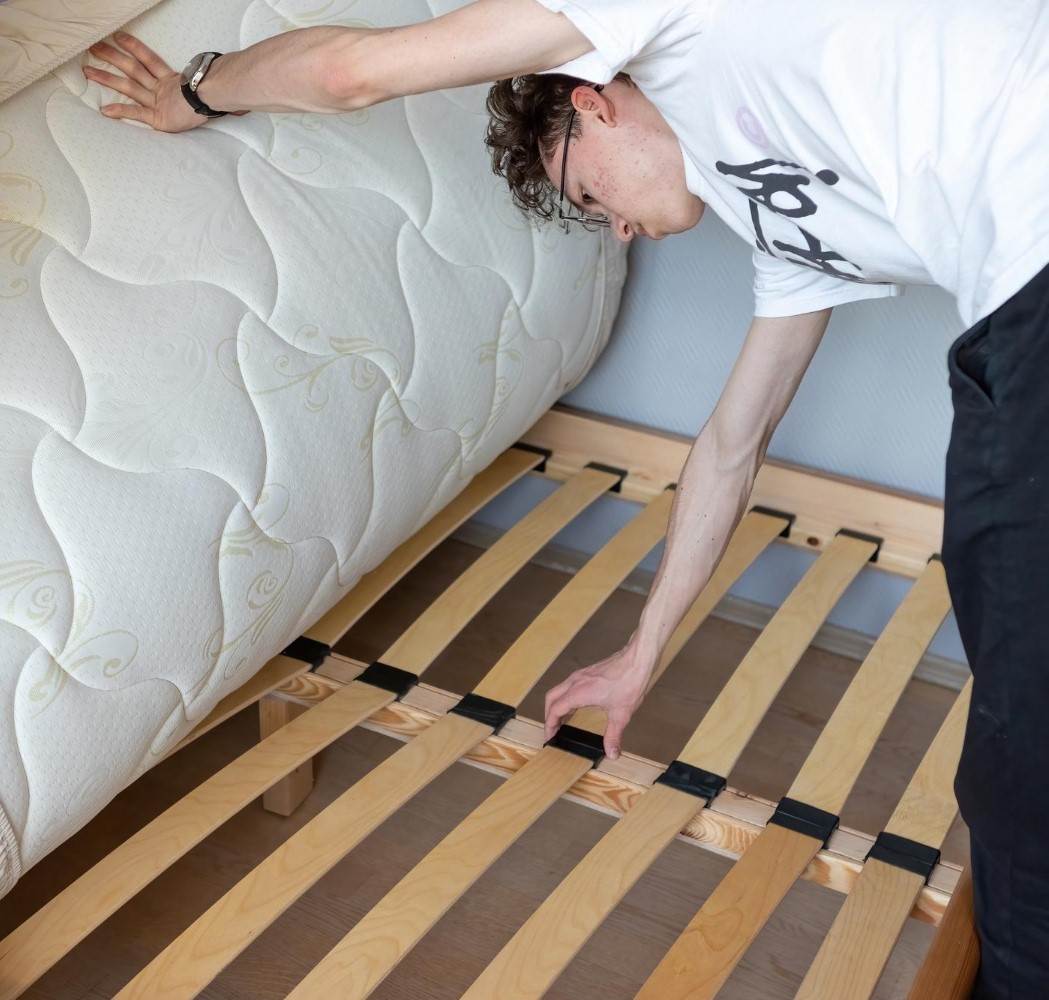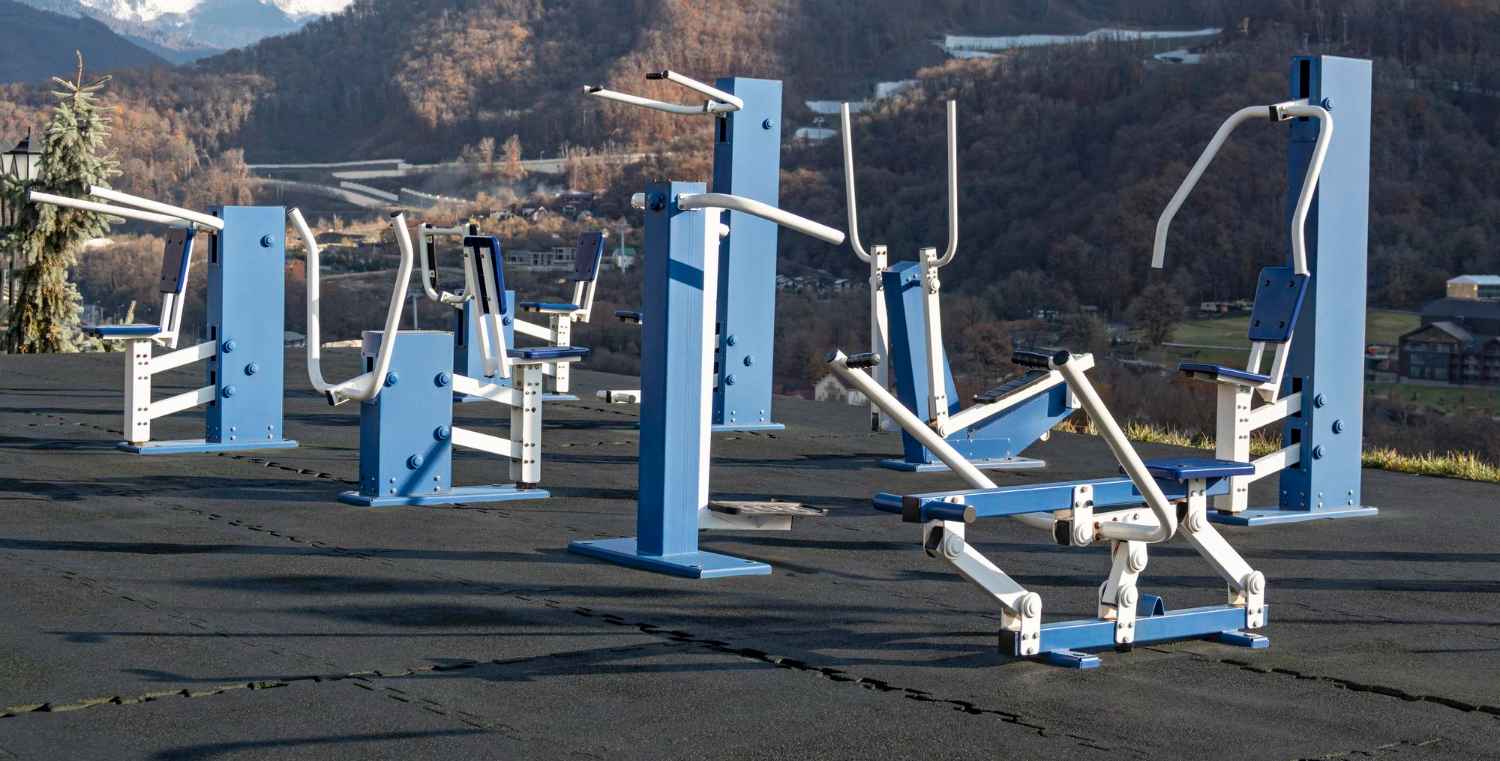
How to Make Your Flat Pack Furniture Last a Lifetime?
If you want to buy new furniture, it is usually sold in the form of a flat pack. Flat pack
Preparing for a major move often comes with heightened stress, but there are strategies to ease the process for yourself and others. While moving bulky furniture can be challenging and potentially damaging to your home, your bed frame doesn’t have to add to the difficulty.
Disassembling a bed frame might seem daunting due to its size, but it’s a valuable skill for any move. Unlike cumbersome mattresses, bed frames can usually be broken down into manageable pieces, making transportation simpler and more efficient.
This guide explains the simple steps of taking apart a bed frame. Whether upgrading your bed, relocating to a new house, or adjusting your existing setup, mastering this skill will prove useful. Discover how to tackle bed frame disassembly and streamline your moving experience easily.
To successfully dismantle a bed frame, gather the following items:

Before dismantling your bed, it’s crucial to clear the space around it. Resist the urge to leave your bedding and mattress in the room; move them, along with any nearby furniture or items, out of the way.
Taking a few extra moments to create a clear working space will prevent the hassle of navigating obstacles and ensure you have ample room to work efficiently.
Start by stripping the bed of all bedding, including pillows, sheets, and blankets. Wash and dry these items thoroughly before packing them into sturdy moving boxes or plastic tubs with secure lids. Avoid using plastic bags to prevent moisture damage.
From the bed frame, lift and remove the box spring and mattress. If necessary, employ adequate lifting practices and consider help due to their weight. Keep each into protective plastic covers to shield them from dirt and dust.
Begin by unscrewing the footboard and headboard from the main bed frame. Keep track of screws and bolts by labelling and storing them in labelled zip lock bags. This will guarantee they don’t get mixed up to simplify reassembly later.
If the bed frame has slats, either roll them up if they are joined or unscrew each individually if they are not. For beds with a box spring or base, separate these components from the frame. Use a colour-coding system or numbering to keep track of parts and their positions.
Place all screws, nuts, bolts, and washers into labelled zip lock bags. Tape these bags to a discreet part of the bed frame to avoid losing any components during the move.
Wrap metal bed frame parts in bubble wrap to guard against dents and scratches. For wooden frames, use moving blankets to avoid surface damage. If additional protection is needed, you can layer bubble wrap over the blankets.
Given its importance and potential for damage, ensure the mattress is wrapped securely in a protective cover. This assists in maintaining its top condition and prevents future damage.
Stripping screws is a frequent issue while disassembling a bed frame, but it can be prevented with careful tips:
Choose the Right Tool: Always select the screwdriver or wrench that fits the screw type and size precisely. Using the wrong tool increases the chances of damaging the screw head.
Apply Even Pressure: Apply consistent and gentle pressure when loosening screws. Excessive force can cause the tool to slip and strip the screw.
Turn with Care: Rotate the screwdriver or wrench slowly and deliberately. Speeding up the process can strain the screw and lead to stripping.
Understanding how to disassemble a bed frame is an invaluable skill that can save you time and money while reducing stress. Following our detailed guide will prepare you to handle this task easily and confidently. Gather your tools and prepare to tackle the bed frame deconstruction process like a pro!

If you want to buy new furniture, it is usually sold in the form of a flat pack. Flat pack

Maintaining your health and achieving fitness goals is a continuous process whether you’re a president or a common person. Often,

Assembling IKEA furniture can usually look like a challenging task. You have just brought home a fresh piece and are
Reviews